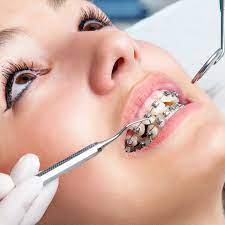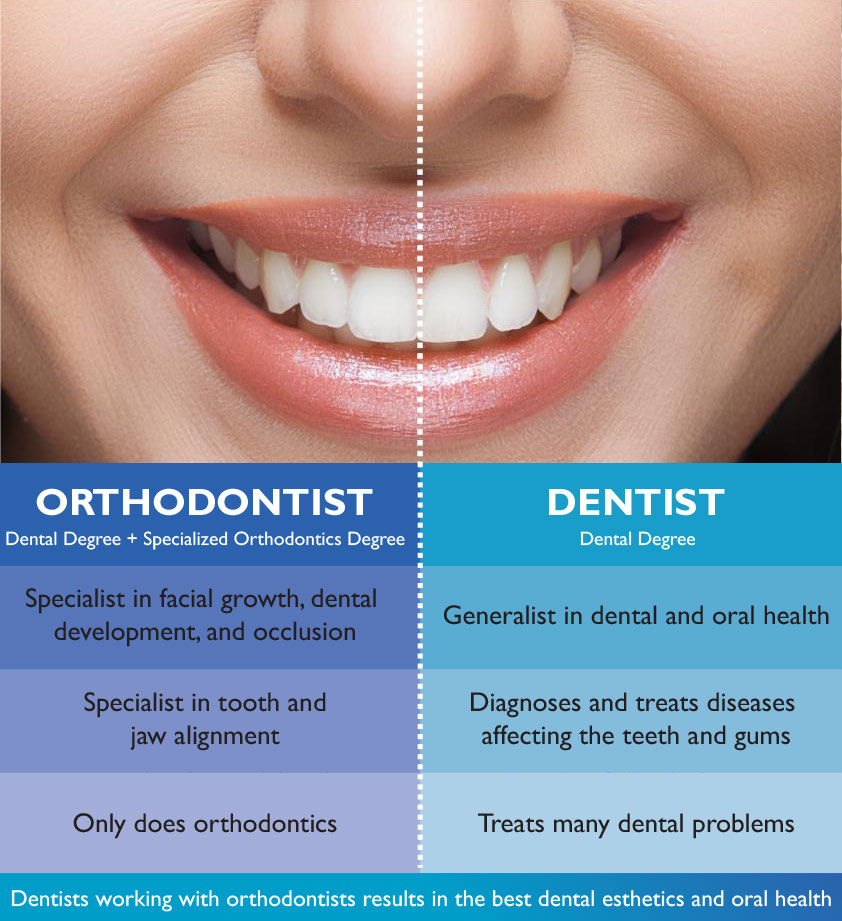The Ultimate Guide To Causey Orthodontics
Wiki Article
The smart Trick of Causey Orthodontics That Nobody is Discussing
Table of ContentsA Biased View of Causey OrthodonticsThe Best Strategy To Use For Causey OrthodonticsGet This Report on Causey OrthodonticsEverything about Causey OrthodonticsLittle Known Questions About Causey Orthodontics.
Neglecting occlusal relationships, it was typical to get rid of teeth for a range of dental concerns, such as malalignment or congestion. The principle of an intact teeth was not widely valued in those days, making bite connections appear unnecessary. In the late 1800s, the idea of occlusion was important for creating reliable prosthetic substitute teeth.As these concepts of prosthetic occlusion advanced, it ended up being a vital tool for dental care. It was in 1890 that the work and influence of Dr. Edwards H. Angle began to be really felt, with his contribution to contemporary orthodontics especially noteworthy. At first focused on prosthodontics, he showed in Pennsylvania and Minnesota before directing his focus towards dental occlusion and the therapies needed to keep it as a normal problem, hence ending up being understood as the "father of contemporary orthodontics".

The concept of optimal occlusion, as postulated by Angle and included right into a classification system, allowed a shift towards dealing with malocclusion, which is any type of variance from typical occlusion. Having a complete set of teeth on both arches was highly demanded in orthodontic treatment due to the need for precise relationships in between them.
3 Simple Techniques For Causey Orthodontics
As occlusion became the vital priority, face proportions and visual appeals were neglected - orthodontist expert. To accomplish excellent occlusals without using outside pressures, Angle proposed that having ideal occlusion was the ideal way to get maximum face aesthetics. With the passing away of time, it became rather obvious that also an exceptional occlusion was not appropriate when thought about from a visual point of viewCharles Tweed in America and Raymond Begg in Australia (that both studied under Angle) re-introduced dentistry extraction into orthodontics during the 1940s and 1950s so they could improve facial esthetics while also making certain much better security worrying occlusal relationships. In the postwar period, cephalometric radiography begun to be used by orthodontists for gauging changes in tooth and jaw position brought on by development and therapy. It ended up being noticeable that orthodontic treatment might change mandibular advancement, causing the formation of practical jaw orthopedics in Europe and extraoral force steps in the United States. Nowadays, both useful devices and extraoral gadgets are applied around the globe with the purpose of modifying development patterns and types. As a result, pursuing real, or a minimum of enhanced, jaw connections had ended up being the main objective of therapy by the mid-20th century.
The Greatest Guide To Causey Orthodontics
 The American Journal of Orthodontics was developed for this purpose in 1915; prior to it, there were no scientific objectives to comply with, neither any type of accurate classification system and braces that lacked attributes. Up until the mid-1970s, dental braces were made by covering metal around each tooth. With developments in adhesives, it became feasible to instead bond metal braces to the teeth.
The American Journal of Orthodontics was developed for this purpose in 1915; prior to it, there were no scientific objectives to comply with, neither any type of accurate classification system and braces that lacked attributes. Up until the mid-1970s, dental braces were made by covering metal around each tooth. With developments in adhesives, it became feasible to instead bond metal braces to the teeth.This has actually had purposeful impacts on orthodontic treatments that are administered routinely, and these are: 1. Correct interarchal relationships 2. Proper crown angulation (pointer) 3.
The advantage of the design hinges on its bracket and archwire combination, which requires only very little wire flexing from the orthodontist or clinician (family orthodontics). It's appropriately named hereafter function: the angle of the port and thickness of the brace base inevitably determine where each tooth is positioned with little need for extra adjustment
A Biased View of Causey Orthodontics
Both of these systems utilized identical braces for every tooth and demanded the flexing of an archwire in three airplanes for locating teeth in their desired settings, with these bends determining utmost placements. When it pertains to orthodontic devices, they are split into 2 kinds: removable and taken care of. Detachable appliances can be handled and off by the patient as required.
Thus, nearly all modern-day set devices can be taken into consideration variations on this edgewise home appliance system. Early 20th-century orthodontist Edward Angle made a major payment to the globe of dentistry. He produced 4 unique appliance systems that have actually been utilized as the basis for several orthodontic therapies today, preventing a few exceptions.
Rumored Buzz on Causey Orthodontics

The wire finished in a string, and to move it ahead, a flexible nut was made use of, which enabled for a rise in circumference. By ligation, each specific tooth was connected to this expansive archwire (cheapest orthodontist near me). Because of its minimal series of movement, Angle was incapable to accomplish specific tooth placing with an E-arch
These tubes held a soldered pin, which can be repositioned at each consultation in order to move them in position. Called the "bone-growing appliance", this gizmo was supposed to urge much healthier bone development due to its possibility for moving pressure directly to the origins. Nonetheless, applying it proved bothersome actually.
Report this wiki page